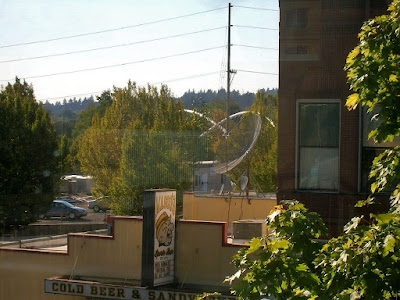The most stubborn fact in our
current moment of debate over the Salem River Crossing, and the one that makes it most difficult for those of us who think the SRC would be more harmful than helpful, is that traffic is up by a considerable bit in the last two or three years.
In the decade of the 2000s, extending to about 2013, traffic flattened and it was easier to make an argument against the bridge based on
demand. Demand was flat, there were at the time reasons to think about structural changes in miles traveled and trips taken, changes that are now more difficult to assert, and so it was possible to make a credible argument that based on demand "we don't need it." We don't need to add to road supply to relieve congestion and accommodate drive-alone trip demand.
There was a real opportunity to focus on the demand side of things.
 |
| Bridge traffic, 1993 - 2016 |
But now, based more on the
subjective and unpleasant experience of being stuck in traffic, with this increase in bridge crossings, with a change in demand, people increasingly find "we don't need it" an incredible claim, not very plausible at all. Now the focus is on the
supply side of things. (There is in fact a whole facebook group devoted to congestion - indeed, almost perversely celebrating congestion - as if that by itself constituted proof we need a new bridge and highway.)
So does this nullify this part of an argument against this SRC or does it merely require that opponents of the SRC adjust and refine their arguments?
Separately, on the State Street Study, the current preferred alternative is a half-and-half beast, half road diet, half status quo. It arrived at that solution in no small part because the dominant question to be answered was,
What will be the future car traffic demand and how can we accommodate it while maintaining level of service? How do we need to adjust road space supply to meet demand?
Inflexible Demand, Flexible Supply?
On both the SRC and on State Street, the dominant analytic mode has been concerned with satisfying some future projection of demand for driving trips. We propose to add road supply - expensive road supply! - to satisfy future demand.
We treat demand and rising traffic counts like the tide, like an inexorable force
rising upward or outward, something that must be relieved or drained.
It's another expression of hydraulic autoism.








































